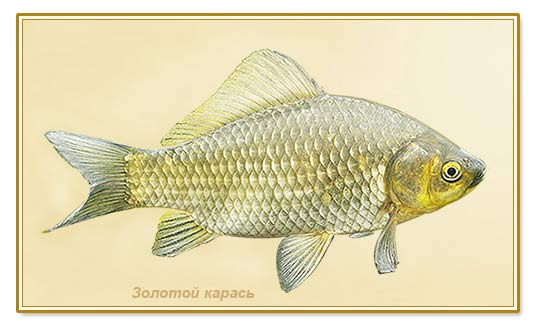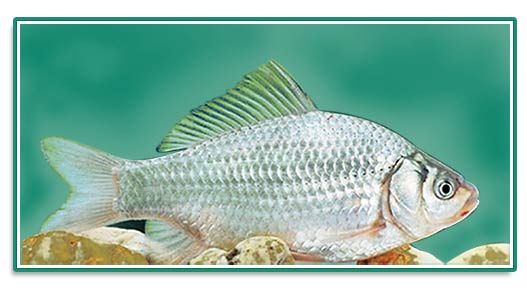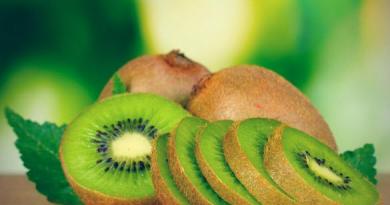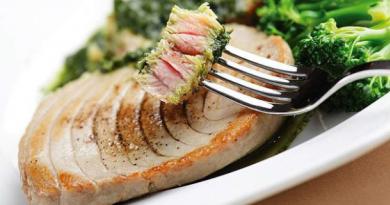Karasi is a very common and numerous genus of freshwater fish belonging to the carp family..
It has more than fifty species, of which only two exist in nature, the rest are decorative - bred for keeping in aquariums and pools.
The most famous of them are goldfish, well known to everyone, they were cultivated in China many centuries ago, through many years of selection and crossing of goldfish with other types of carp fish. The goldfish is the first artificially bred ornamental species and, moreover, the longest-lived of all aquarium fish.
Until recently, these beautiful creatures swam gracefully in the city fountains, delighting those around them with their majestic appearance. In ancient China, the coats of arms of noble Chinese families were decorated with the image of a goldfish.
Other exotic species: veiltails, telescopes, lionheads, orandas, water eyes, etc., are less popular, but nevertheless recognizable by all aquarists.
For anglers, two natural forms that exist in the wild are of interest: golden and silver carp.
Carp ordinary or golden.
Its habitat is the territory from the borders of Western Europe to Eastern Siberia, including the Lena River basin.
It has a flat and high body, covered with large bronze-colored scales with a reddish-brown tint, a developed dorsal fin, a wide - fleshy back, a small head with a terminal mouth. Grows up to 0.5m and weighs 3kg.
It attains puberty in the 4th year of life, lives up to 18-20 years, in contrast to its cultivated relative, the goldfish, which, under good conditions, can live up to its fortieth birthday. 
The spawning of our opponent, like that of other fish species, depends on weather conditions, and occurs when the water warms up to 14˚-16˚С. In the southern latitudes, the optimal conditions for spawning usually develop by the end of April - the beginning of May, in the central part of our country - 2-3 weeks later. In shallow ponds and lakes, the water warms up faster, and it spawns earlier.
The female lays from 40,000 - 350,000 eggs on a grassy substrate. Most of the caviar is eaten by aquatic inhabitants: fish, crayfish, reptiles, mollusks, or simply dies. Of those eggs that are the most fortunate, larvae appear after 15-20 days. They expect the same fate as the previous caviar: predators, crayfish, temperature changes and other adverse conditions, sharply reduce the number of offspring.
In the first three weeks of existence, the number of fry decreases by 5 - 10 times, and after the 2nd year of life, no more than 10% of the litter remains.
Goldfish.
Initially, the silver carp lived in the basin of the Kolyma and Amur rivers, and was subsequently relocated to the water bodies of Europe and the European part of Russia. Over time, it spread to the territories adjacent to them, successfully settling in the rivers of the Caspian and Azov Seas, and even managed to move into them, despite the brackishness of the water. Displaced his closest "golden" relative from all freshwater places in which he existed for a long time side by side with him.
It differs from its golden relative in a more elongated body, fewer fin rays, large and light scales. Adult individuals grow no more than 35 - 40 cm and weigh 1.7 - 2 kg, live on average up to 10 - 12 years.

In appearance, it is similar to carp and tench. This species is more hardy and unpretentious, adapts more easily, can live in closed reservoirs with stagnant water, which cannot be said about the golden relative. In the south of Russia, it spawns from the end of May or the beginning of June, and in its historical homeland 3-4 weeks later. In Russia, silver carp is considered one of the main commercial fish caught in the southern latitudes.
Where and how does the crucian live.
The sticky caviar of crucian carp is carried on the paws of waterfowl to the surrounding water bodies, the surrounding spawning grounds, thereby contributing to the resettlement of fish, and its unpretentious disposition, vitality and high adaptive qualities favor this. That is why it is found almost everywhere: in small and large rivers, lakes and reservoirs, peat quarries and water stations.
They prefer low-flowing lakes and ponds, slow-flowing streams located in lowlands. Very rarely live in mountain lakes and rivers.
Carp love forest lakes with a muddy bottom and abundant vegetation along the banks. In dense thickets of reeds and sedges, sexually mature fish finds shelter during spawning, they serve as a refuge for it, saving it from heat and persecution of predators.
If reeds or sedges grow in the vicinity of the fishing place, the "robber" who has fallen on the hook will certainly try to slip into them. As soon as he gets to the saving thickets, he will no longer be able to pull him out of them, this will be prevented by the stems of plants that confuse the fishing line. During the drying of the reservoir, its muddy bottom serves as a source of moisture for our hero. It can live for a long time in a drying up reservoir, from time to time burrowing deeper into the silt, finding wetter places in it. In the bottom sediment, smart fish escapes not only from drought, but also from freezing.
Both species feed on plant food, insect larvae, benthos and detritus. Carp are very hardy and undemanding to the conditions of existence, they can live in water bodies experiencing a large lack of oxygen, in which other fish are not able to stay for a long time. Thanks to this, they perfectly tolerate wintering, even when the water freezes completely, they burrow into the silt and hibernate.
Recently, cases have become more frequent, indicating that they are awake in the winter, they often began to get hooked during ice fishing.
Methods of catching carp and their features.
Fishing for crucian carp is considered the most common in Russia, since this fish is everywhere and is available to anglers of all ages, even children, women and the elderly.
Many ways of catching it allow you to easily choose a rod that is acceptable in terms of physical capabilities and affordable, as well as getting by with a small, weightless inertial reel or without it at all. And the process of fishing and playing fish, the average size of which does not exceed 23-25 cm in catches and weighs 400-500 g, does not require endurance and strength from the fishing participant, except for certain skills.

In search of crucian carp, it is not necessary to go to distant lands, you can catch it on the nearest pond or river.
If there is a pond or a river within the city, then our hero will definitely meet in them.
Carp fishing begins in the second half of April, with the appearance of buds and the first leaves on the trees. As soon as the water warms up to 10 - 12 degrees, our friend becomes active and slowly begins to work up an appetite, consuming more and more food every day. The peak of gluttony comes before its spawning and lasts about 7-10 days until the fish starts to spawn. During spawning, the female does not travel, the males feed but sluggishly.
But after 3-4 days, the desire to replenish the lost proteins and calories leads producers to irrepressible gluttony - post-spawning zhor, lasting from 3 to 5 days. During spawning, you can’t catch fish, so it’s hard to get into the period of pre-spawning and post-spawning zhor, but if this happens, then crucian peck at that time like a machine gun.
The most popular way to catch carp is fishing with a float rod, although very often it is also caught on bottom gear. And some - nimble anglers have time to use both at the same time.
Whereand what to catch crucian.
Of course, properly selected bait and served in the right place will bring the desired results.
You need to look for fish feeding places and an echo sounder helps for this. The fish walks in search of food and does not stand in one place. The search takes place taking into account the season and external signs of its existence in the reservoir. One of which is the game of crucian, during which he jumps out of the water. Waterfowl, often, also testify to the presence of gold and silver fish, catching small things no worse than avid fishermen.
It is easier to find a place for catching crucian carp on artificial reservoirs. It is necessary to arrive earlier than others and focus on the already arranged places with trampled grass and established horns. In early spring, our hero stays away from the coast. As soon as the first vegetation appears - reeds and sedges, it moves to the coastal zone - closer to it, and also keeps near the islands, the coastal zone of which is not deprived of green spaces.
As bait on the hook, vegetable baits and animal baits are used. Of the herbal baits, the most recommended are:
- pickled corn;
- boiled barley;
- steamed wheat;
- wheat flour dough;
- mango talker.
Large individuals - 1kg or more, among other things, are caught on boilies and cake.
In spring and autumn, crucians prefer live baits - baits;
- bloodworm;
- maggot;
- dung and earthworms.
It is important to use hooks appropriate for the bait being used. For worms, iron with a long forearm or special ones - worm hooks (photo pos 1)  equipped with beards on the forearm, not allowing the animal to slide off it. Maggot and bloodworm are strung on hooks made of thin wire, in tandem with corn and barley they try to use accessories with a short forearm (pos 2), with dough and cake it is better to combine self-hooking hooks with a sting curved inward and on the side (pos 3).
equipped with beards on the forearm, not allowing the animal to slide off it. Maggot and bloodworm are strung on hooks made of thin wire, in tandem with corn and barley they try to use accessories with a short forearm (pos 2), with dough and cake it is better to combine self-hooking hooks with a sting curved inward and on the side (pos 3).
Correct - use your own hook for each group of baits and baits.
Good luck. Good luck on the waters.



